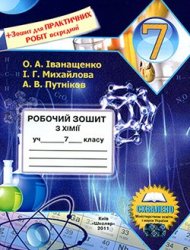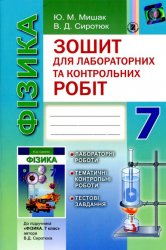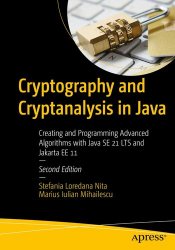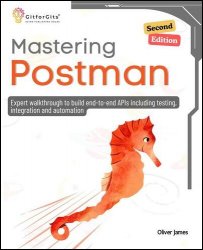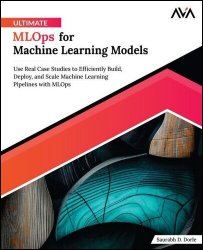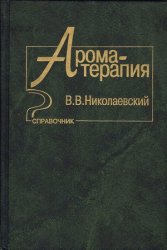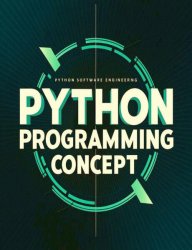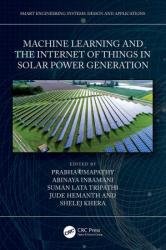 Название: Machine Learning and the Internet of Things in Solar Power Generation
Название: Machine Learning and the Internet of Things in Solar Power GenerationАвтор: Prabha Umapathy, Abinaya Inbamani, Suman Lata Tripathi
Издательство: CRC Press
Год: 2023
Страниц: 190
Язык: английский
Формат: pdf (true)
Размер: 60.5 MB
The book investigates various MPPT algorithms, and the optimization of solar energy using Machine Learning and Deep Learning. It will serve as an ideal reference text for senior undergraduate, graduate students, and academic researchers in diverse engineering domains including electrical, electronics and communication, computer, and environmental.
This book:
- Discusses data acquisition by the internet of things for real-time monitoring of solar cells.
- Covers artificial neural network techniques, solar collector optimization, and artificial neural network applications in solar heaters, and solar stills.
- Details solar analytics, smart centralized control centers, integration of microgrids, and data mining on solar data.
- Highlights the concept of asset performance improvement, effective forecasting for energy production, and Low-power wide-area network applications.
- Elaborates solar cell design principles, the equivalent circuits of single and two diode models, measuring idealist factors, and importance of series and shunt resistances.
Several studies have found that using cloud data recording and a monitoring system based on LabVIEW. PV performance indicators can be monitored and processed from anywhere. A low-cost Internet of Things-based solution was developed for a solar photovoltaic plant monitoring system that sends data via GPRS and a microcontroller. It has been claimed that to monitor the parameters of solar household systems in real-time using an Arduino microcontroller and a 3G connection. On the other hand, it has been proposed that an isolated monitoring system intended for rural solar photovoltaic systems based on GSM voice channels. An experimental prototype of a solar PV plant monitoring system was created using the Internet of Things.
The text elaborates solar cell design principles, the equivalent circuit of single diode model, the equivalent circuit of two diode model, measuring idealist factor, and importance of series and shunt resistances. It further discusses perturb and observe technique, modified P&O method, incremental conductance method, sliding control method, genetic algorithms, and neuro-fuzzy methodologies. It will serve as an ideal reference text for senior undergraduate, graduate students, and academic researchers in diverse engineering domains including electrical, electronics and communication, computer, and environmental.
This book is organized into nine chapters:
Chapter 1 presents solar analytics using AWS serverless services.
Chapter 2 studies the Conventional & Non-Conventional SEPIC Converter in Solar Photovoltaic System using Proteus.
Chapter 3 focuses on the design and implementation of non-inverting buck converter based on the performance analysis scheme.
Chapter 4 investigates solar MPPT techniques for solar panels.
Chapter 5 covers real-time solar farm performance monitoring using IoT.
Chapter 6 explores solar energy forecasting architecture using deep learning models.
Chapter 7 provides a fundamental understanding of the characterization of CuO–SnO2 composite nano powder using hydrothermal methods for solar cells.
Chapter 8 addresses the design and development of solar PV-based advanced power converter topologies for EV fast charging.
Chapter 9 presents the assessment of different MPPT techniques for PV systems.
Скачать Machine Learning and the Internet of Things in Solar Power Generation
[related-news] [/related-news]
Комментарии 0
Комментариев пока нет. Стань первым!
